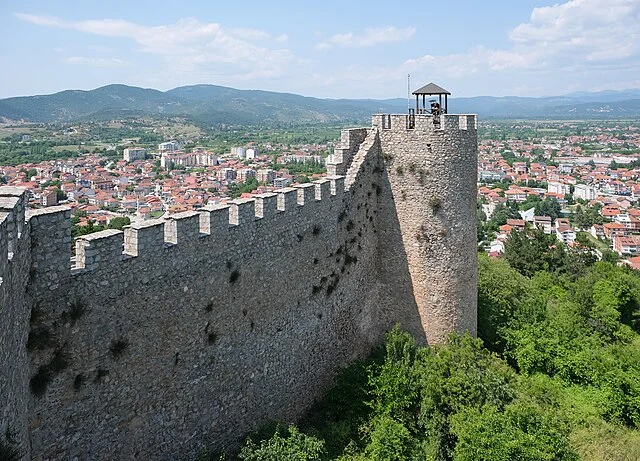Samuel’s Fortress, also known as Samuil’s Fortress, is an ancient stronghold located near the town of Ohrid in North Macedonia. It stands on a hill overlooking Lake Ohrid. This strategic position made the fortress a vital military and administrative center during the Middle Ages.
Get your dose of History via Email
Historical Background
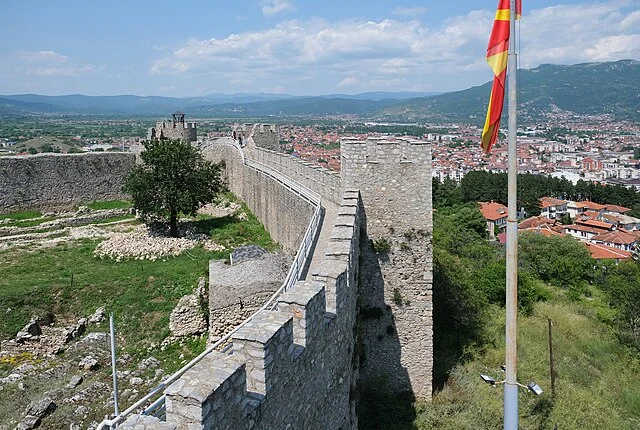
Samuel’s Fortress dates back to the late 10th century AD. It served as the capital of the First Bulgarian Empire under Tsar Samuel, who reigned from 997 to 1014 AD. The fortress played a crucial role in the defense of the Bulgarian state against Byzantine incursions.
Archaeological evidence suggests that the site has been inhabited since the ancient period. The remains of earlier structures indicate a continuity of settlement. The fortress’s walls were built using large, irregular stones, a technique typical of medieval fortifications.
Architectural Features
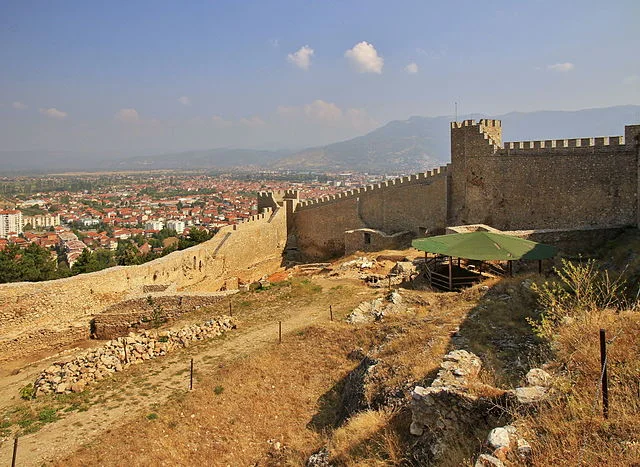
The fortress covers an area of approximately 8.5 hectares. Its walls, which stand between 3 and 7 meters high, are well-preserved and showcase impressive construction techniques. The fortification features a series of towers that provide enhanced defense capabilities. The main entrance is located on the western side, flanked by two large towers.
Inside the fortress, archaeologists have discovered remnants of residential buildings, churches, and storage facilities. These findings suggest that the fortress was not only a military stronghold but also a vibrant settlement. The presence of churches indicates the importance of religion in daily life.
Significance in Bulgarian History
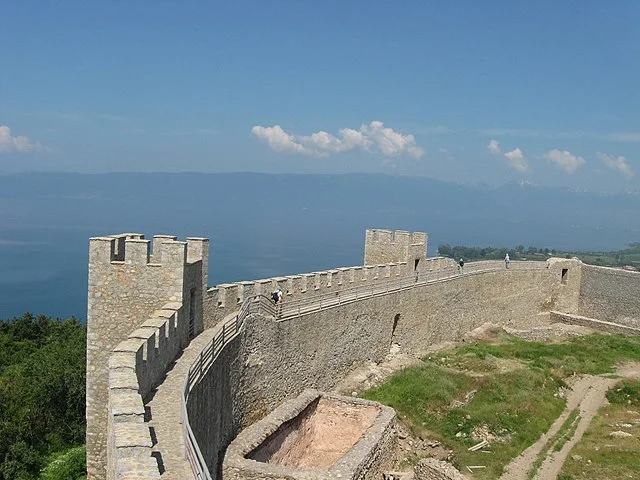
Samuel’s Fortress holds great historical significance for Bulgaria. It symbolizes the power and independence of the First Bulgarian Empire. The fortress became a focal point during the struggles between the Bulgarian and Byzantine empires. Tsar Samuel’s reign marked a high point in Bulgarian history, characterized by military victories and territorial expansion.
The fortress is also associated with the Battle of Kumanovo in 1014 AD. This battle was a turning point in the conflict between the Bulgarians and Byzantines. Following the battle, the Byzantine Empire regained control over the region, leading to the decline of Bulgarian power.
Archaeological Research and Preservation
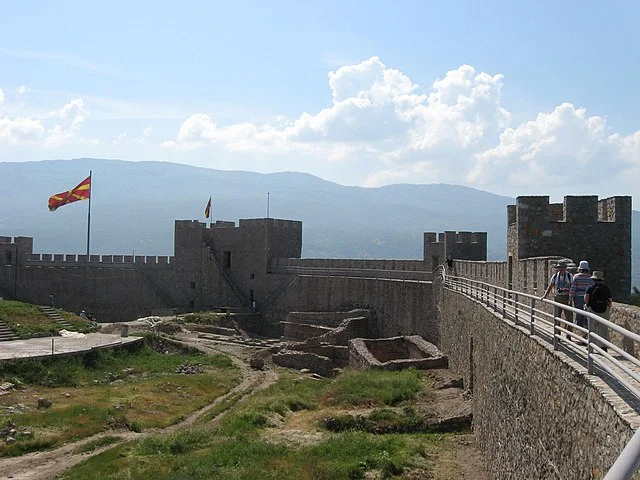
In recent decades, extensive archaeological research has been conducted at Samuel’s Fortress. Excavations have revealed significant artifacts, including pottery, tools, and coins, which provide insights into the daily lives of its inhabitants.
Preservation efforts have aimed to protect the site from environmental degradation and urban development. The fortress is now a popular tourist destination, attracting visitors interested in history and archaeology.
Conclusion
Samuel’s Fortress stands as a testament to the rich history of the region. It highlights the architectural and military ingenuity of the time. Today, it serves as a reminder of the cultural heritage of North Macedonia. The fortress remains an important site for researchers and historians studying the complex history of the Balkans.
Source:

